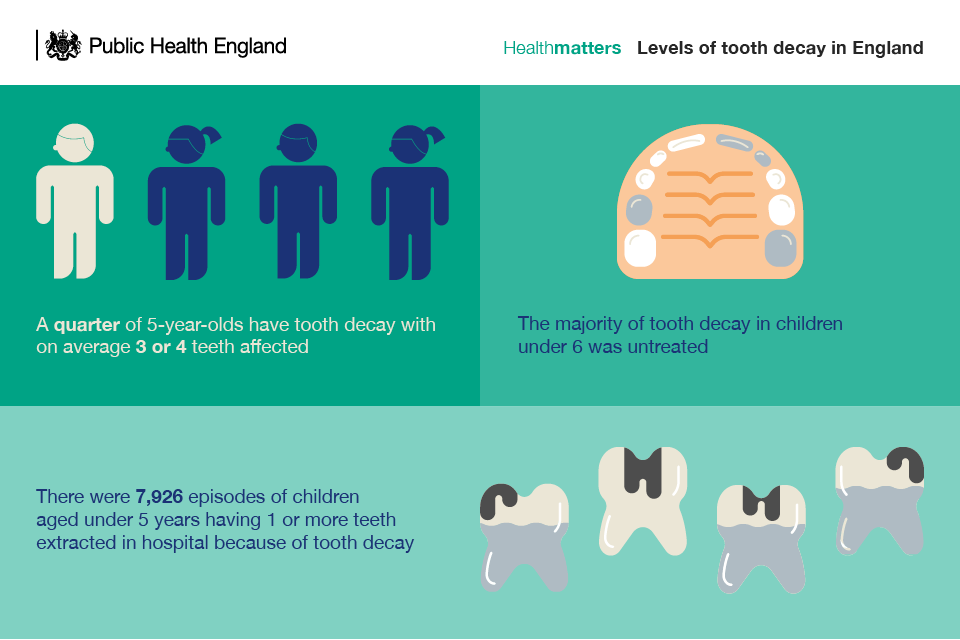In Case Of A Knocked-Out Tooth, It Is Necessary To Take Prompt Activity
In Case Of A Knocked-Out Tooth, It Is Necessary To Take Prompt Activity
Blog Article
Write-Up Composed By-Holmberg Le
If you find yourself in the unfortunate circumstance of knocking out a tooth, knowing the immediate steps to take can make a considerable difference in saving your tooth. Handling it properly and acting quickly are vital in enhancing the opportunities of effective re-implantation. But what should https://areveneerscoveredbyinsura17384.livebloggs.com/36506933/interested-concerning-the-methods-for-reliable-teeth-maintenance do alongside ensure the best result for your knocked-out tooth?
Managing the Knocked-Out Tooth
If you have knocked out a tooth, manage it thoroughly to raise the chances of successful reattachment. Initially, situate the tooth and pick it up by the crown, staying clear of touching the root. It's important to maintain the tooth wet, so when possible, try to delicately put it back into the socket.
If that's not feasible, keep the tooth in a container with milk or your saliva to maintain it moistened. Keep in mind not to scrub or tidy the tooth with any type of chemicals, as this can harm the fragile tissues required for reattachment.
Stay clear of wrapping the tooth in tissue or towel, as this can lead to dehydration. Time is essential, so seek oral treatment quickly. The longer the tooth runs out its outlet, the lower the opportunities of effective reimplantation.
Immediate Emergency Treatment Steps
Beginning by carefully washing your mouth with lukewarm water to clean up the location around the knocked-out tooth. This will aid get rid of any type of dust or particles that may be present. Beware not to scrub or touch the root of the tooth, as this can cause further damage.
Next, preferably, try to position the tooth back into its outlet. Hold it in position by delicately attacking down on a clean item of gauze or cloth. If you can't return the tooth, don't require it. Rather, maintain you could check here by placing it in a mug of milk or saline solution. Avoid saving the tooth in water as it can damage the root cells.
To handle implants tooth of blood loss, use gentle pressure to the location making use of a tidy gauze or cloth. You can likewise use a cold compress to decrease swelling and eliminate discomfort. Bear in mind to take over-the-counter pain medication as required.
Seeking Emergency Dental Treatment
When taking care of a knocked-out tooth, looking for emergency situation oral treatment without delay is critical to increase the possibilities of conserving the tooth. Call your dentist immediately or head to the closest emergency situation dental center. Time is important in such scenarios, as the quicker you get treatment, the higher the likelihood of effective re-implantation.
Emergency oral care service providers are furnished to deal with oral emergency situations, consisting of knocked-out teeth. They've the expertise to analyze the problem of the tooth, address any type of coming with injuries, and take the needed actions to attempt to save the tooth. Bear in mind to handle the tooth very carefully, holding it by the crown and preventing touching the root, to keep its stability.
Postponing looking for emergency situation dental treatment can substantially reduce the possibilities of saving the tooth. Without timely specialist intervention, the tooth may not be salvageable. Act promptly, follow the advice of the oral professionals, and enhance the chances of maintaining your all-natural tooth.
Conclusion
Bear in mind, quick action is essential when dealing with a knocked-out tooth. Manage the tooth thoroughly, rinse with water, return preferably, or store in milk/saline remedy.
Apply stress and cold compress to manage bleeding and swelling. Look for what is considered a dental emergency for the very best possibility of saving the tooth.
Time is of the essence, so do not delay in obtaining specialist assistance to maintain the tooth's stability.
